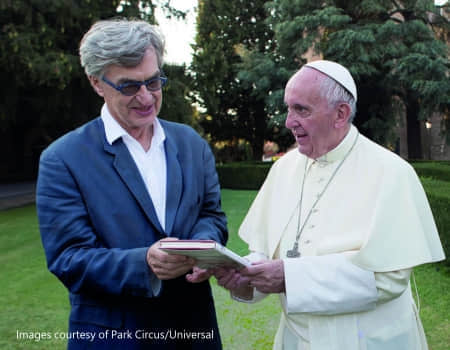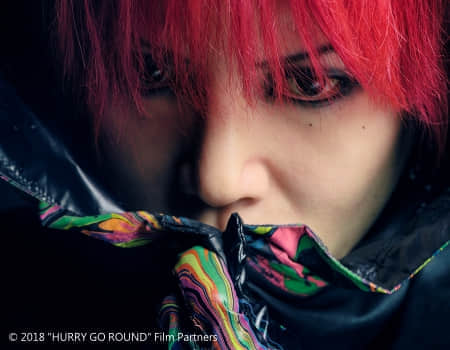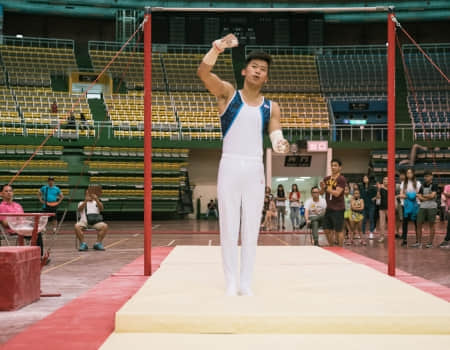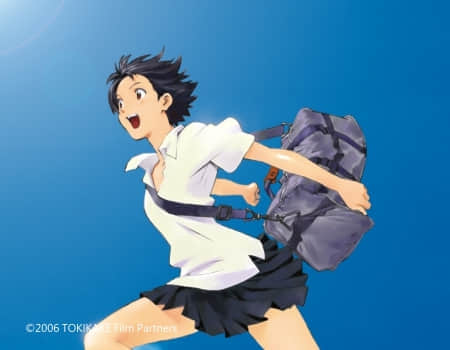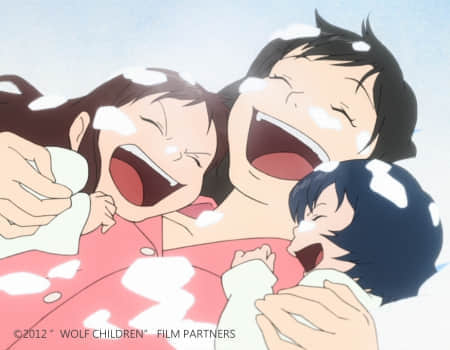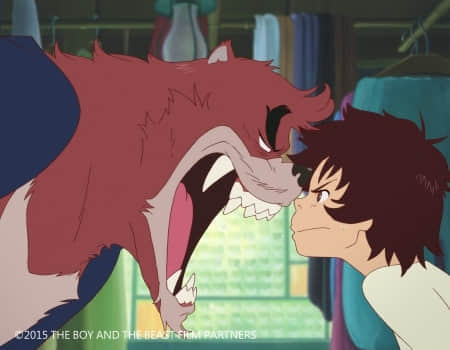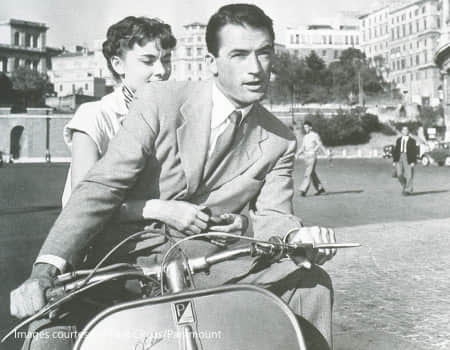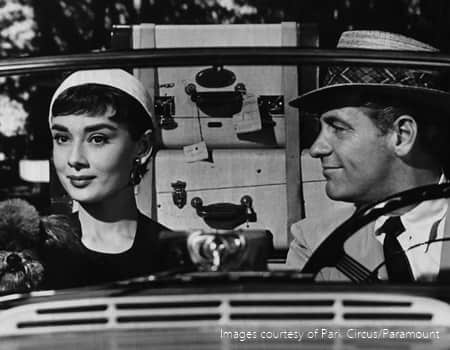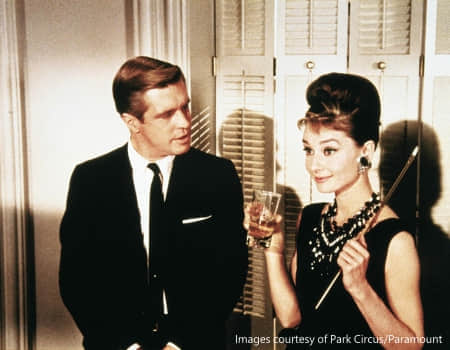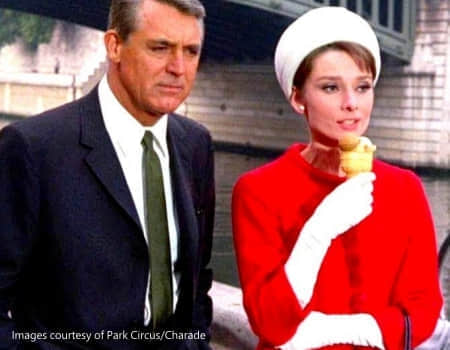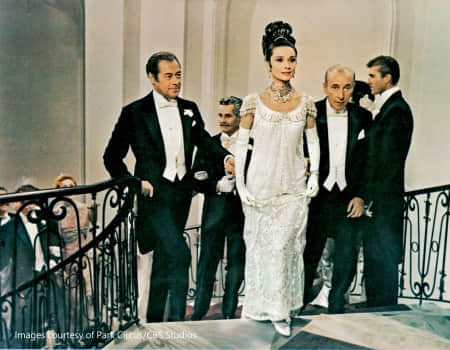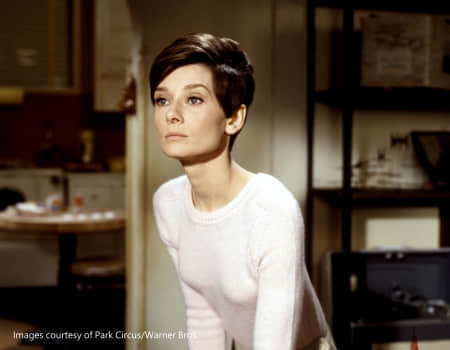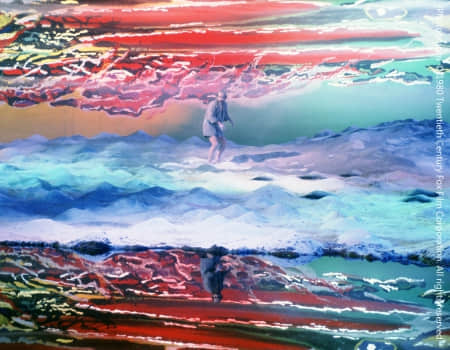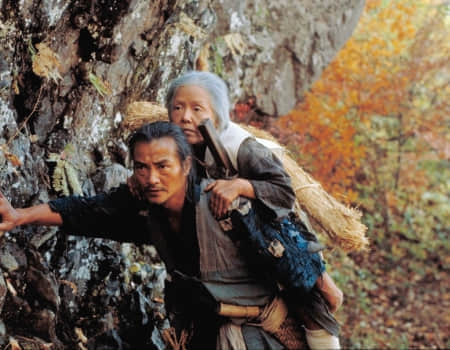2018
Mirai of the Future The World of Mamoru Hosoda
What does the future hold for Japanese animation? Mamoru Hosoda perhaps offers an answer. He is the acclaimed director who creates “Mirai” (meaning: the future) – literally, it’s his latest anime which champions an unparalleled achievement for being the first Japanese animated work ever to receive a world premiere at the Cannes Film Festival; in a broader vision, it represents the promise of a new hope for the Japanese tradition of hand-drawn animation.
His path to success is not a straight line, though. Missing opportunities at Studio Ghibli and dropping out of the production of Howl’s Moving Castle (2004) turned out to be blessings in disguise; the door to an unknown magical world is already opening up for him. Life’s tough experiences are transformed into inspiration and motivation, leading to his directiorial debut feature anime, ONE PIECE: Baron Omatsuri and the Secret Island (2005). His most acclaimed work, The Girl Who Leapt Through Time (2006), awe audiences and critics alike for its creative mix of sci-fi and puppy love in a contemporary twist, and places him under global attention as one of Japan’s leading anime directors.
While keeping alive the fundamentals of animation as an art, Hosoda creates his own distinctive brand of whimsical fantasy and imaginative adventure. Summer Wars (2009), as well as Wolf Children (2012) and The Boy and the Beast (2015) – both produced under his own animation house, Studio Chizu – further establish his signature style: a strong sense of family ties and friendships, and the growth to greater maturity through perseverance. Highly symbolic of his own life’s path, the way his characters overcome difficulties to reach final vindication offers audiences hope and courage beyond mere entertainment.
“I’m striving to do better from one movie to the next,” Hosoda said when talking about Mirai . For a talented director who is adamant in blazing a new path, we can expect more amazing surprises to come in the future.
Enchanting Grace – Audrey Hepburn
“That unique lady… she’s the original, there are no more examples, and there never will be.” Who could live up to Billy Wilder’s magnificent accolade? A lot of names echo in terms of movie and vogue. But there’s one and only that reigns both the silver screen and the fashion world – Audrey Hepburn (1929-93).
A persona that blended sleek sophistication and impressionable ingénue makes Hepburn a rare gem in Hollywood. More than her Cinderella characters, she was a role model: teenage girls cut their hair like Princess Ann in Roman Holiday (1953), as well as a true actress – remember her as the “dirty” flower girl Eliza Doolittle, the eccentric socialite Holly Golightly and the terrorized blind Susy – an unforgettable embodiment of completely different women. As Billy Wilder said “What counts in Audrey is her allure” – an allure that came from knowing herself perfectly and being true to herself. Recognized by the American Film Institute as one of the top three greatest female screen legends, Hepburn brought distinctive qualities to her roles, and had a glow that was not only connected to appearance, but came from within.
A style icon who has transcended the ages, Hepburn, in “a kind of marriage” with Hubert de Givenchy, has become a symbol of quintessentially romantic elegance. Since Sabrina (1954), the French couturier made her clothes for nearly all of her movies, and “gave her the confidence to play her parts.” Their partnership has created one of the most indelible cinematic fashion moments of the 20th century in Breakfast at Tiffany’s (1961), representing a certain ideal for generations of young women dreaming of a glamorous life.
Devoting herself to the role of UNICEF goodwill ambassador after fading from the screen, Hepburn used her star appeal to aid the underprivileged. Pictures of her holding starving children in her arms become the strongest message she hoped to carry to the rest of the world, raising the consciousness of millions of people about the needs of those suffering from poverty and warfare.
A woman of breathtaking beauty, pure talent, and true compassion, Audrey Hepburn’s legacy remains, as her namesake tulip that continues to blossom in the garden as it does on screen.

